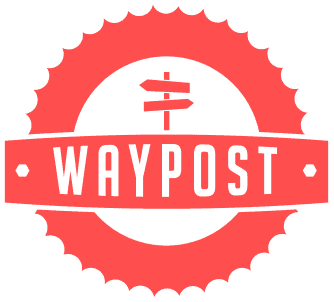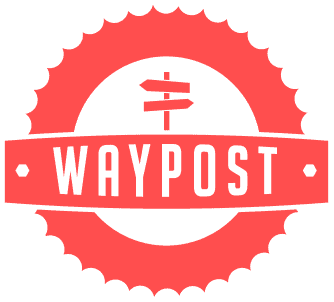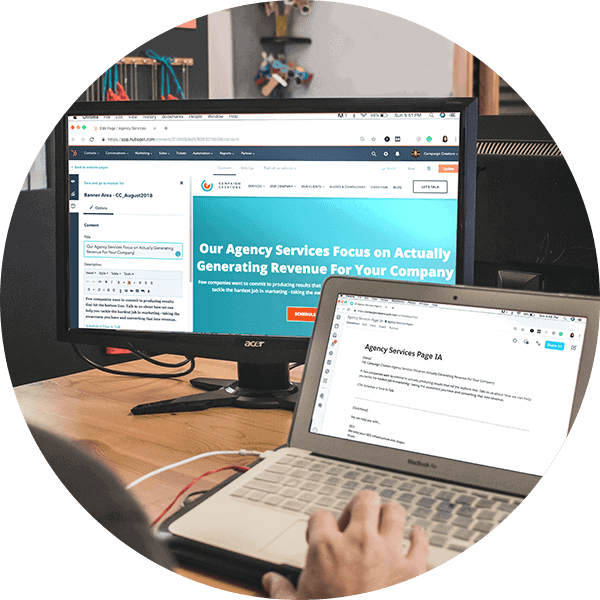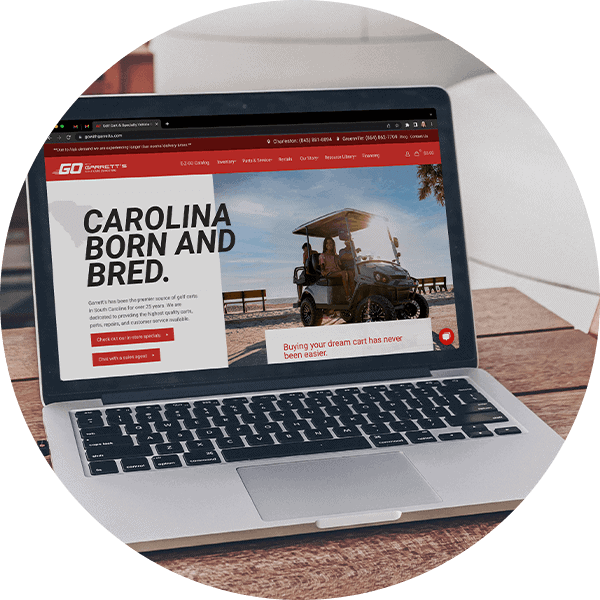Does Content Marketing Have Your Marketing Team In Over Their Heads?
May 10, 2018
8 Critical Pieces of a Content Marketing Strategy
August 29, 2018
I recently realized that there might be a disconnect when we ask our partners, “Do you want to grow your business?” Who is going to say no to that? A growing business means you’re making money and staying busy—every business owner’s dream!
When we talk about growth, we don’t mean just making more money while going about business as usual. To us, true growth is so much more than that. Growth isn’t always pretty, easy, straightforward, or obvious.
It’s not a train ride, it’s a roller coaster (and that means something different to everyone).
First of all, a growing business is NOT…
To be on the same page about what growth is, I first need you to understand what growth isn’t.
A growing business doesn’t:
- Have 6 months of backlogged projects because the leadership isn’t interested in scaling the team to accommodate the workload.
- Offer the same products and services they’ve offered for the last 3, 5, or 10+ years without looking for new opportunities to meet consumers’ changing needs or break into new markets.
- Keep relying on the same marketing tactics and strategies that worked when they first opened their doors.
- Understand much about how they’re getting new customers, where leads come from, how much it cost to get them, what happens with them once they come in, and what they can do to scale the process.
Businesses with descriptions like these aren’t truly growing—they’re simply making more money. Growth has to do with expansion of services, increase of staff, solving and resolving new challenges and obstacles, and yes, ultimately, making more money.
Some businesses are fine with a plateau. They want to make more money, sure, but they’re mostly looking to maintain the status quo and keep doing what they’re doing. That’s fine. If that’s not you, however, let’s talk about what a growing business does do.
A growing business:
- Knows its customers like the back of its hands and has their wants, needs, and best interests at heart
- Tracks key metrics in order to set SMART goals for controlled growth
- Puts processes and procedures in place for maximum scalability
- Sees operational expenses as opportunities to invest back in the business, so they can go on to do even bigger and better things
- Takes the time to identify strengths that can be maximized and weaknesses that can be solved for
- Is flexible, and recognizes that sometimes any number of changes need to be made in order to continue moving and growing in the right direction
There’s more to growth than just generating more leads in order to make a few more dollars. It takes a lot of foresight, planning, data, decision making, and work, the majority of which has little to do with your content or website and ultimately comes down to you—the business owner—to tackle on your own or with the help from your leadership team.
You need to be plugged into every aspect of your company and be in it for the long run, because at the end of the day, choices and work like this can’t be outsourced. You can seek the advice of other business owners or even partner with a consultant—which we absolutely suggest you do—but it’s your business and you call the shots.
So, do you want to GROW your business?
Do you just want to keep doing what you’ve always done, or do you want to get serious about establishing yourself as an expert in your field who’s still going to be around and relevant 40 years from now?”
If option 1 sounds good to you then you already know what you need to do: nothing. You’re already doing just fine.
If option 2 piqued your interest, that’s a sign that you want to truly grow your business. In that case, I suggest you start by solidifying a company culture and implementing a business operating system. This will help you do things like establish your vision, evaluate your current workforce, identify key performance data and metrics, pinpoint and resolve issues, and develop processes before you start mindfully making and implementing a growth plan.
By establishing a growth plan, you’re setting yourself on the path to real prosperity for yourself and your employees, and you have the opportunity to build a lasting legacy to leave behind.
Yes, there will be growing pains. No, you don’t have to endure them alone!
Trust me when I say I’ve seen how much work goes into truly growing a business. In some ways I’ve been an active part of our growth, and in others I’ve been a product of growth. Either way, I’ve experienced it firsthand and have seen the downsides and upsides from different points of view.
One minute, you’ll have two departments which both need another pair of hands on deck, but you can only afford one more employee before next year. The next, you’ll win the biggest client you’ve signed to date and the whole team will be reenergized with an infectious excitement.
Then maybe you’ll decide that you want to expand your product or service offerings but can’t do so until you go through some extensive (and expensive) training first, so you have to reinvest a little more of your operating capital than you were used to.
That’s the thing about growth. The fluctuations inherent in the process can be—like any roller coaster—an exhilarating, adrenaline-fueled thrill ride… or a terrifying death trap that you’re afraid to ever deal with again.
If you want to ride the roller coaster of growth, see your business from a new perspective, and come out the other side with a renewed zest for life, we want to sit next to you and hold your hand for comfort.
We’ve been on this ride before and can help you ride out the ups and downs and navigate the common pitfalls. Give us a call today at 864.288.6162 and we’ll come stand in line with you.









